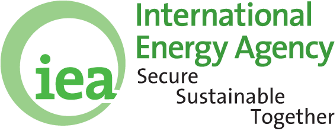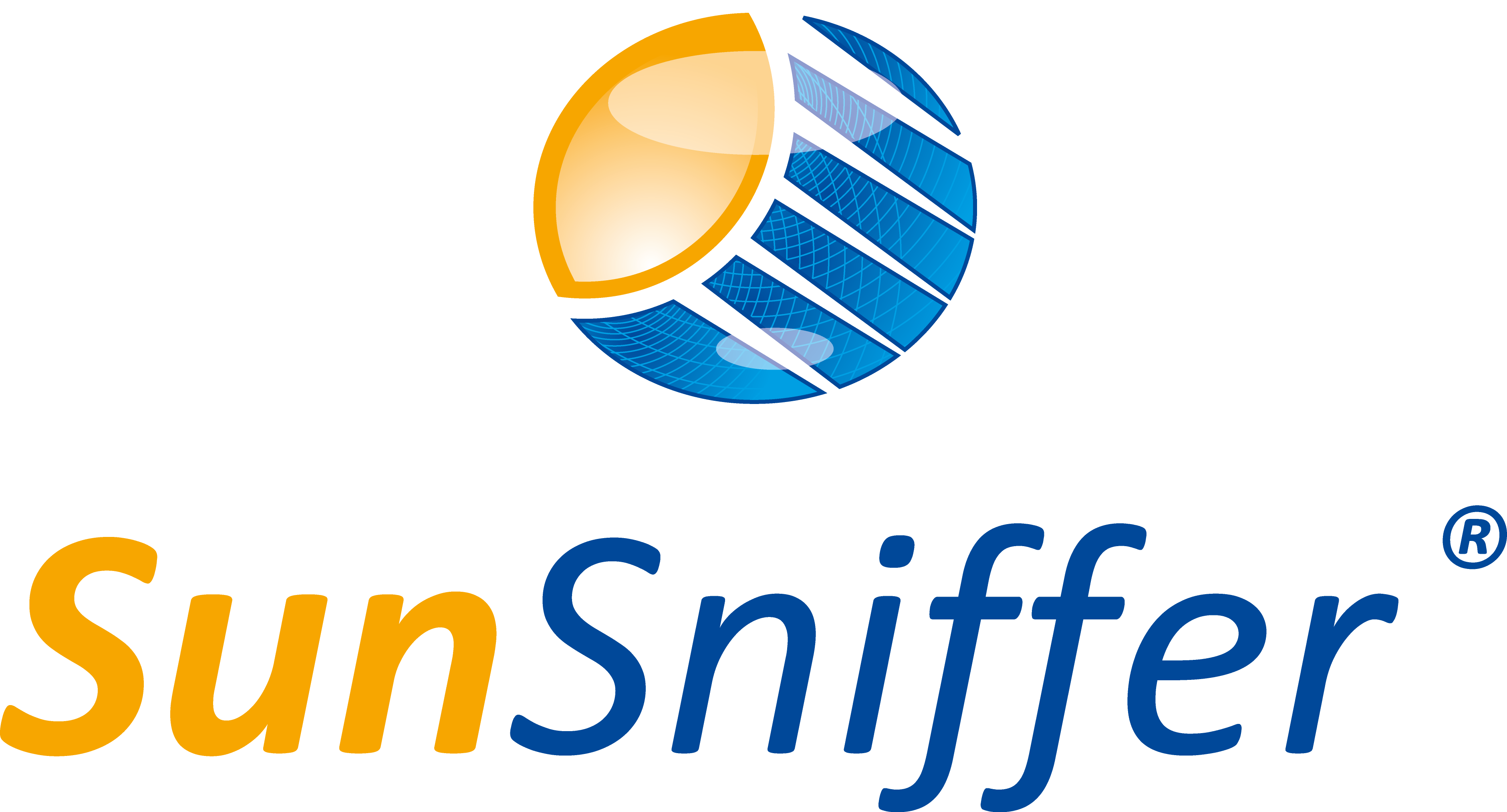Monitoring at the junction box level is, therefore, strongly recommended. Junction-based monitoring could lead to an increase in revenue of up to 12%. This is in reality a potential 400% increase when compared with the hitherto predicted 3% plant revenue. So the IEA’s recommendation for junction-based monitoring would not only revolutionize O&M of the PV industry but also hugely increase profits for operators. Real-time remote diagnosis enables the taking of immediate action without wasting any time, thus avoiding revenue losses. It pays to remember that defective parts affect not only the performance of part of the plant but the plant as a whole. Precise directives based on intelligent analysis software plus an easily understandable presentation of results facilitate not only a sound decision-making process even before a team of specialists steps foot on the plant, but can also reduce costs even further as the team need not be of an exceptionally high professional grade. Upon the failure being identified the module in question can simply be exchanged resulting in low revenue loss and no extra costs due to the commissioning of a team of specialists to find the failure.
The one remaining question is whether there is already a product on the market that can achieve all this. And the resounding answer is a clear yes. The SunSniffer is capable of all this, collecting and analyzing data at junction box level, making fault finding and elimination child’s play.




